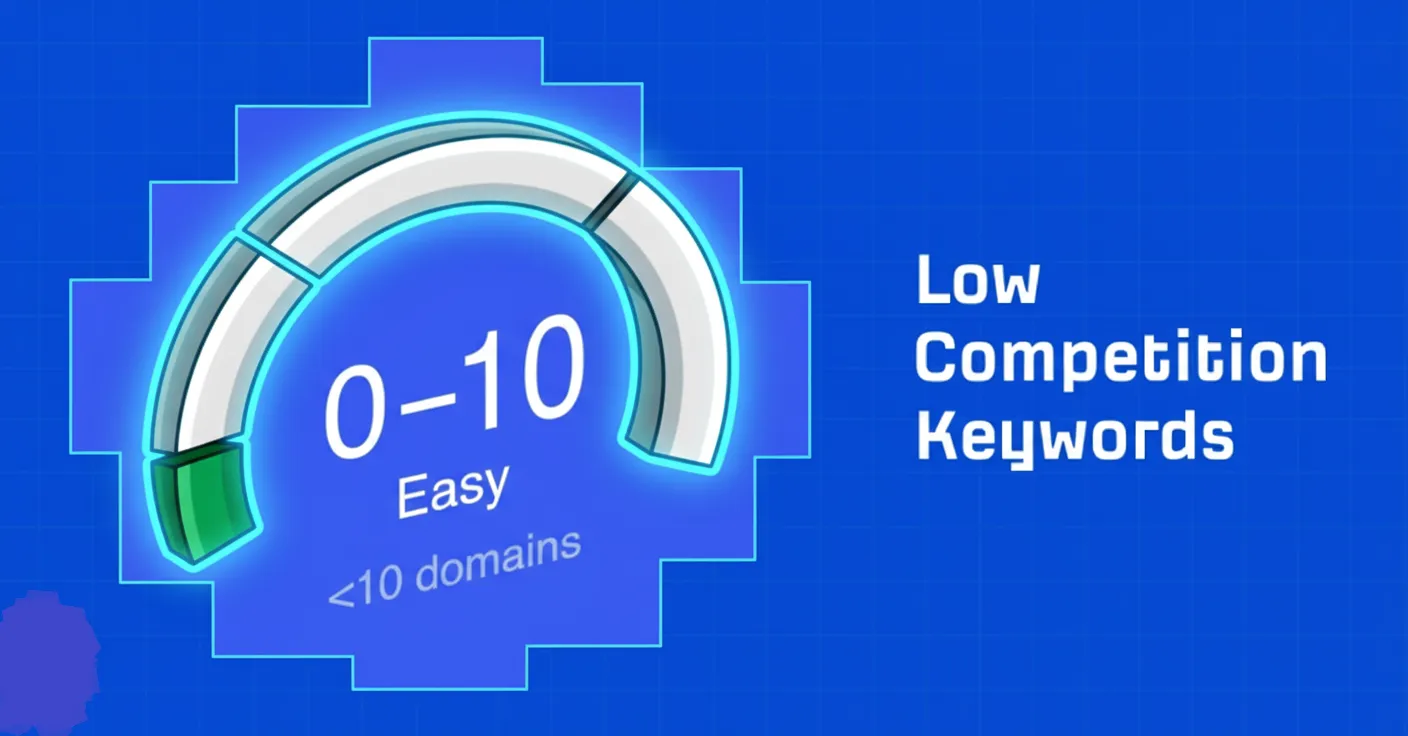In 2025, blogging has become more competitive than ever. Millions of new blogs are created every month, but only a few manage to rank on Google’s first page. The difference often lies in one key factor — keyword selection. Finding low-competition keywords helps you rank faster, attract organic traffic, and build a strong foundation for long-term success.
In this article, we’ll explore how to find low-competition keywords for your blog in 2025, step-by-step, using modern tools and smart strategies.
Why Low-Competition Keywords Matter in 2025
Low-competition keywords are search terms that have decent search volume but less competition from other websites. Targeting them allows new or small blogs to gain visibility quickly without competing against big brands.
For example, instead of targeting a broad keyword like “fitness tips,” you can go for a long-tail keyword like “best morning fitness tips for working women in 2025.” It’s specific, less competitive, and more likely to bring targeted readers.
Step 1: Understand Search Intent
Before choosing keywords, understand what users really want when they search. Every search query falls under one of these types:
- Informational: Users want to learn something (e.g., “how to lose belly fat fast”).
- Navigational: Users are looking for a specific site (e.g., “YouTube login”).
- Transactional: Users are ready to buy (e.g., “best protein powder for beginners”).
For blogging, informational and transactional keywords are most useful because they help you attract readers and potential customers.
Step 2: Use Google’s Own Tools
Google offers free tools that are incredibly powerful for keyword research in 2025.
a) Google Trends
Search any topic to see how interest changes over time.
- Look for rising trends in your niche.
- Compare two or more keywords to see which is growing.
- Identify seasonal spikes for future planning.
b) Google Search Suggestions
Type your topic into Google and note the autocomplete suggestions. These are real-time, user-searched keywords that often have low competition.
c) People Also Ask & Related Searches
At the bottom of Google’s results, you’ll find related search queries. These are excellent sources of long-tail, low-competition keywords.
Step 3: Use Free and Paid Keyword Tools
Here are the most effective keyword research tools in 2025:
- Ubersuggest: Shows keyword difficulty, volume, and content ideas.
- Ahrefs Keyword Explorer: Helps analyze competitors’ weak spots.
- Semrush: Tracks trends, keyword clusters, and ranking difficulty.
- AnswerThePublic: Visualizes question-based keywords.
- Google Keyword Planner: Perfect for basic keyword analysis.
When using these tools, focus on:
- Keyword Difficulty (KD): Aim for KD under 35 for new blogs.
- Search Volume: Look for 500–10,000 monthly searches.
- CPC (Cost Per Click): Indicates profitability for monetization.
Step 4: Analyze Competitor Blogs
Visit the top-ranking blogs in your niche and check what keywords they target.
Use tools like Ahrefs or Semrush to find:
- Keywords they rank for
- Gaps in their content
- Long-tail phrases they missed
By targeting keywords your competitors ignore, you can easily find untapped opportunities.
Step 5: Focus on Long-Tail Keywords
Long-tail keywords are more specific phrases, such as “best vegan breakfast recipes for weight loss.”
They might have lower search volume, but they’re easier to rank for and attract readers with clear intent.
In 2025, search algorithms favor user-focused, conversational keywords, especially with the rise of AI voice search.
Step 6: Combine Keywords with AI Insights
AI-driven SEO tools like Surfer SEO, Frase, and NeuronWriter can now analyze keyword clusters automatically.
They help identify:
- Content gaps
- Low-competition keyword groups
- AI-generated keyword variations
Using AI doesn’t mean you skip human creativity. Instead, use it to guide your keyword choices and then write natural, engaging content around them.
Step 7: Prioritize User Experience
Even with the best low-competition keywords, your content must provide real value.
Follow these content tips:
- Write in a natural, conversational tone.
- Avoid keyword stuffing.
- Use headings, bullet points, and visuals for easy reading.
- Include original data or insights whenever possible.
Search engines now prioritize helpful, user-focused content over keyword-heavy posts.
Step 8: Update and Reoptimize Regularly
In 2025, keyword trends change quickly. What’s low-competition today might be saturated in six months.
To stay ahead:
- Recheck your target keywords quarterly.
- Update old articles with new keywords.
- Monitor performance in Google Search Console.
Regular optimization ensures your blog remains competitive and visible.
Conclusion
Finding low-competition keywords in 2025 is both a science and an art. With the right mix of research tools, trend analysis, and user understanding, you can uncover powerful keywords that help your blog rank faster and attract quality traffic.
Focus on long-tail keywords, search intent, and content value — and you’ll be well ahead in the blogging race this year.
